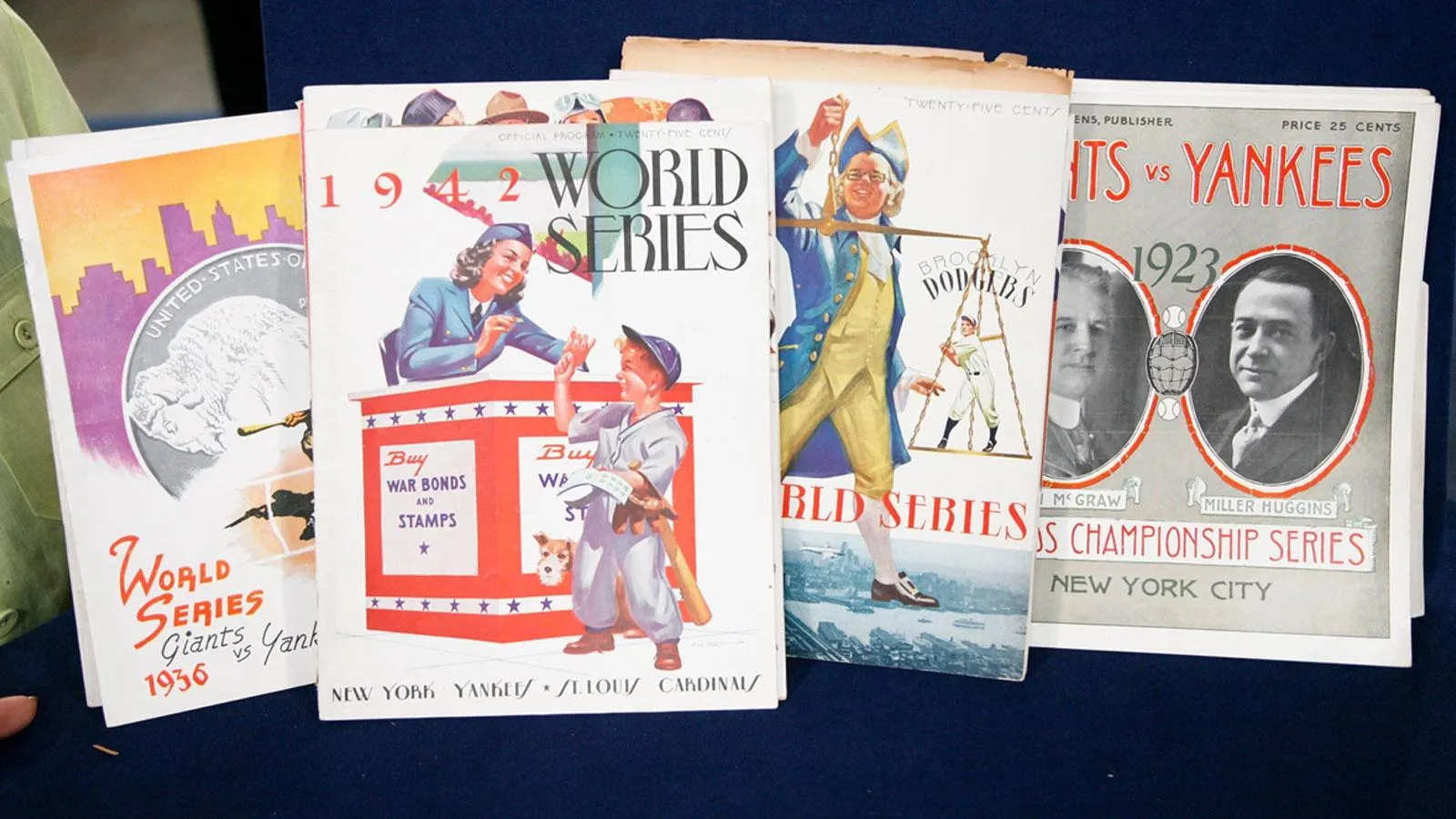GUEST: This is a Fraktur that my parents bought in, uh, Quakertown, Pennsylvania. I was with them, I was six years old, in-- I won't, in the 1960s, we'll just leave it at that. And they paid $50 for it at a flea market. They lived in upper Montgomery County in Pennsylvania, and were very interested in Pennsylvania folk art.
APPRAISER: And how did you learn that it's a Fraktur?
GUEST: I probably spent every weekend of my life at, uh, auctions and estate sales with my parents.
APPRAISER: This is a lovely piece. Its roots are in Germany, and Germanic samples of illustrated manuscript, uh, came over here very early on. And Southeastern Pennsylvania, you ultimately saw those folks adapting those ideas and making them very much their own. The medium here is watercolor, pen and ink. I think in all likelihood, it was done by a man who made his living...
GUEST: Mm-hmm.
APPRAISER: ...doing these for families.
GUEST: Uh-huh.
APPRAISER: These were meant to be enjoyed in a home. They were meant to be attractive.
GUEST: Right.
APPRAISER: Kind of fun, actually.
GUEST: Mm-hmm.
APPRAISER: They announced, uh, important family events. In this instance, this is a Fraktur indicating the birth of a child.
GUEST: Mm-hmm.
APPRAISER: And in Old German, it talks about the mum and dad, the name of the child, and the birth, which was in 1818. The reason that this is so much nicer than a lot of the Frakturs we see, it's totally hand-done. The later ones in the 19th century are, are colored with watercolor, but printed.
GUEST: Right.
APPRAISER: This one is an original composition. The fact that it has a full standing figure in profile, this man is so interesting, and he's flanked by these sort of conventionalized tulips on vines. Some say that the tulip blossom, which fundamentally is easy to paint, uh, might even represent the Trinity.
GUEST: Uh-huh.
APPRAISER: So there are some religious overtones, although in this one, that's purely conjecture. Uh, the condition on this piece is good. There is some slight discoloration. Someone has written a name very early on the top-- we'd love to know what that name is all about. Perhaps through some research, we could figure it out. Now, the frame on this piece is not original. I looked at it pretty carefully. The way that it's constructed, along with the fact that they've used modern nails, indicates that frame is 20th century. But having said that, I think it's a good mix. It looks well on this, so I don't think I'd change it.
GUEST: Okay.
APPRAISER: Any idea what it might be worth today in the current market?
GUEST: $1,500, I guess, would be a guess that I would make.
APPRAISER: Yeah? Well, I did a little, little bit of homework, made a couple of calls, and talked to my friends here. And, uh, we tend to think that it's worth in the area of $8,000 to $12,000.
GUEST: Wow.
APPRAISER: Um, it's especially interesting because of that full-size profile portrait of a man. It differentiates it from a lot of the others.











